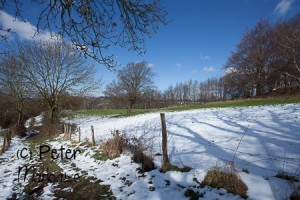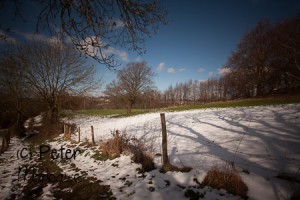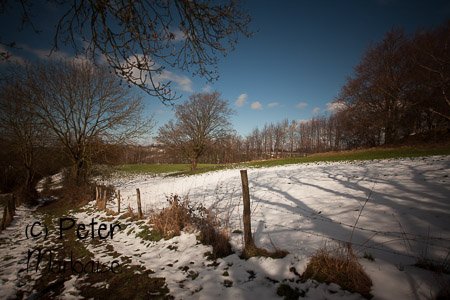Neutral Densitiy filter and whitebalance
Neutral densitiy filter prolong exposure times and / or allow it to take photos or videos with fairly open aperture despite the sunshine. Despite the name, ND filter, especially the denser filters are famous for, just not to be neutral. They produce a corresponding color cast, depending on the manufacturer more or less.
While ND filters appear still more or less neutral with extension factors to a maximum of about 5 stops , create filters with extension factors for the 1000x but significant color casts .
 The example picture were taken without a filter, the HiTech Bigstopper and a B&W 1000x. Even a qualitiy product like B&W produces a color shift to red, while the HiTech filter tends a lot more towards blue/green. A Lee BigStopper which is reported to be more neutral, wasn’t available. A Lee filter, which is supposed to be neutral allegedly , unfortunately, was not available to me .
The example picture were taken without a filter, the HiTech Bigstopper and a B&W 1000x. Even a qualitiy product like B&W produces a color shift to red, while the HiTech filter tends a lot more towards blue/green. A Lee BigStopper which is reported to be more neutral, wasn’t available. A Lee filter, which is supposed to be neutral allegedly , unfortunately, was not available to me .
 Both filters tend towards 11 f-stops .
Both filters tend towards 11 f-stops .
Oliver Opper did a pretty detailed comparison with different strong ND filters of the brand B & W .an on digitalcameraworld there is an even more detialed comparison.
As an interim conclusion it can be stated before, truly neutral density filter with extension factors 1000x probably obvious , even from brand manufacturers , are not available. Also the time to read presumption that such filters let through less bluish light , can probably remain only as conjecture , otherwise would have to filter all color shifts in the same direction . But this is not so.
 Now the color shift , however, is not as bad as feared , if you shoot RAW. You can correct the white balance even afterwards during postprocessing. On the hand photos taken with extreme neutraldensitiy filters dont’t have to perfect in colorbalance in terms of looking neutral.
Now the color shift , however, is not as bad as feared , if you shoot RAW. You can correct the white balance even afterwards during postprocessing. On the hand photos taken with extreme neutraldensitiy filters dont’t have to perfect in colorbalance in terms of looking neutral.
So if you are in the picture in lets say Lightroom bring the white balance tool to an area that is a neutral a possible. Dont look for like in this example to the snow, which, even if you dont see is tens to be more blue due to the blue skay.
Also ensure that the camera is set to a manual whitebalance when recording ensure that it’s not is in post-production , in which one adjusts the white balance of the camera to manual, and since we shoot safely from the tripod , make a ( reference ) image without a filter. Then transferred to the color temperature of the reference image to the recording with filters .
Those who want more detail , takes a picture with a gray card in the image, which can then also be used as a reference for the white -balance .
So you can see that even relatively strong color shifts with such filters without major problems are correctable, as long as you shoot in RAW .
What are your experiences, it is perhaps even the truly neutral gray ND filter . As always , I welcome comments and suggestions.
ciao tuxoche


